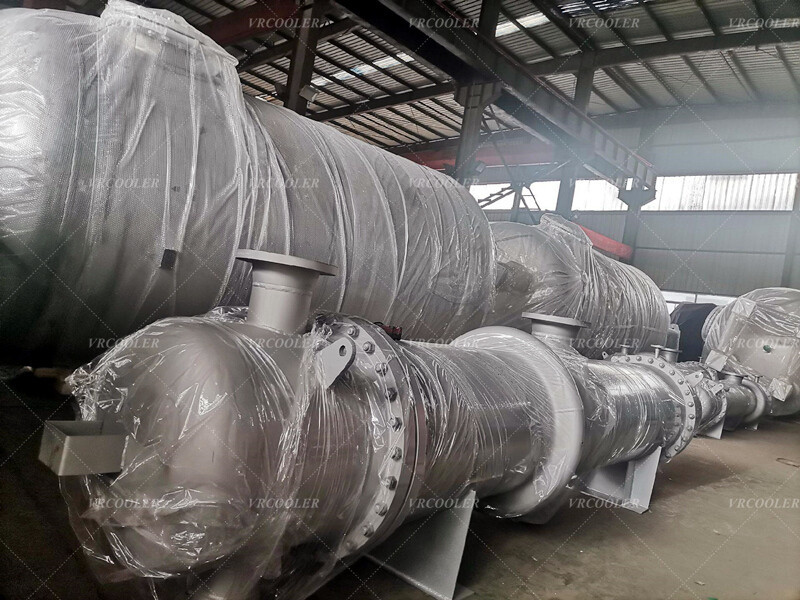Workflow of Water-cooled Condenser in Thermal Power Plant
The working flow of water-cooled condenser in thermal power plant is as follows:
Steam enters into the condenser: The low-pressure steam from the turbine after the work is done enters into the shell of the condenser through the exhaust pipe. In this process, the steam has a certain temperature and pressure, for example, in some large-scale thermal power generating units, the turbine exhaust pressure may be around 5 - 10kPa, and the temperature is 30 - 50℃.
Heat Exchange Process:
Cooling water circulation: The circulating water pump draws a large quantity of cooling water from a cool water tower or other water source, sends it into the water chamber of the condenser, and then into the cooling tube bundle. Cooling water flows in the tube, absorbs the heat released by the steam outside the tube and then increases in temperature, and then flows out of the outlet water chamber and returns to the cooling tower for cooling, and so on and so forth. Generally speaking, the inlet temperature of the cooling water is around 20 - 30 ℃, after heat exchange, the outlet temperature will rise to around 30 - 40 ℃.
Steam condensation: Steam begins to condense when it is cold on the outside surface of the cooling tube bundle, changing from a gaseous state to a liquid state. As the surface temperature of the cooling water pipe is lower than the saturation temperature of the steam, the steam releases latent heat of vaporization, causing itself to condense into water droplets, which adhere to the surface of the cooling water pipe and gradually converge into a stream of water flowing downward.
Condensate collection and treatment: condensate under the action of gravity, flow to the bottom of the condenser in the hot well collection. The hot well plays the role of storing condensate and maintains a certain water level. Then, the condensate pump will pump out the condensate in the hot well and send it to the low-pressure heater for heating, after which it will go through a series of treatments such as deoxidizer to remove oxygen and finally be sent back to the boiler as the boiler's feed water.
Non-condensable gas treatment: In the process of steam condensation, there will be some non-condensable gases (mainly air) entering the condenser with the steam. If these non-condensable gases accumulate in the condenser, it will affect the heat transfer effect and reduce the vacuum of the condenser. Therefore, it is necessary to pump out the air and other non-condensable gases leaking into the condenser through the pumping equipment (e.g., water jet pump, steam jet pump, mechanical vacuum pump or combined vacuum pump, etc.) to maintain a high degree of vacuum and good heat transfer in the condenser.


